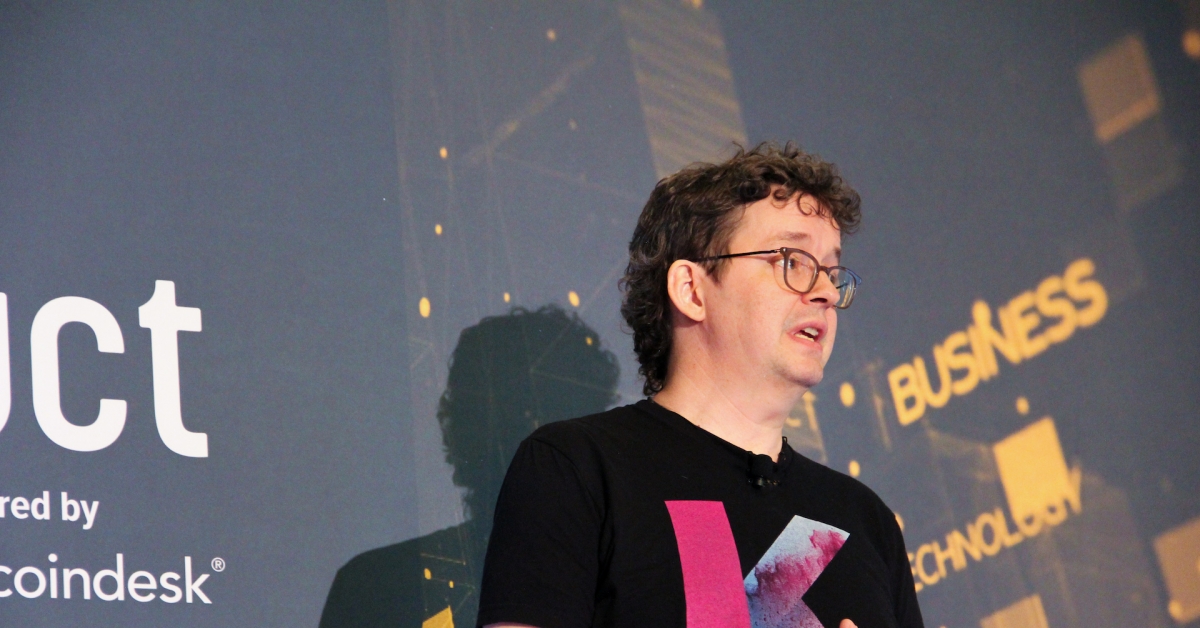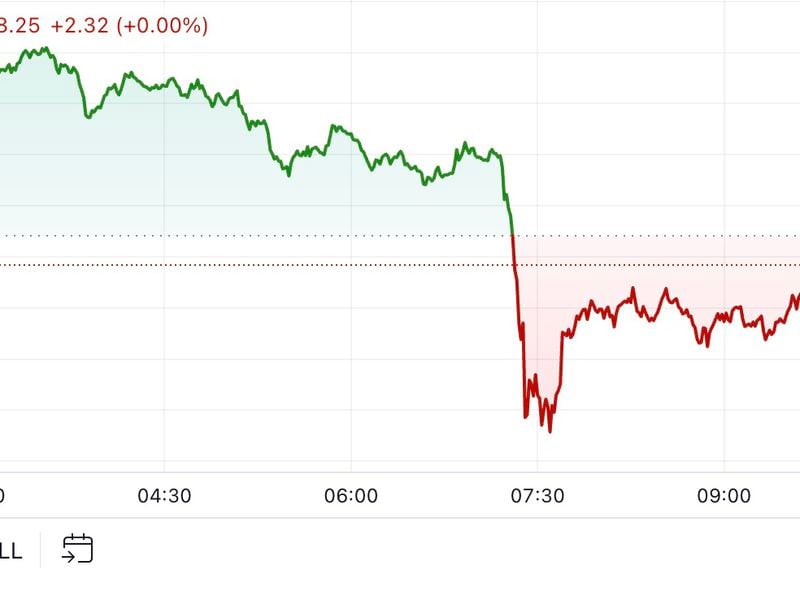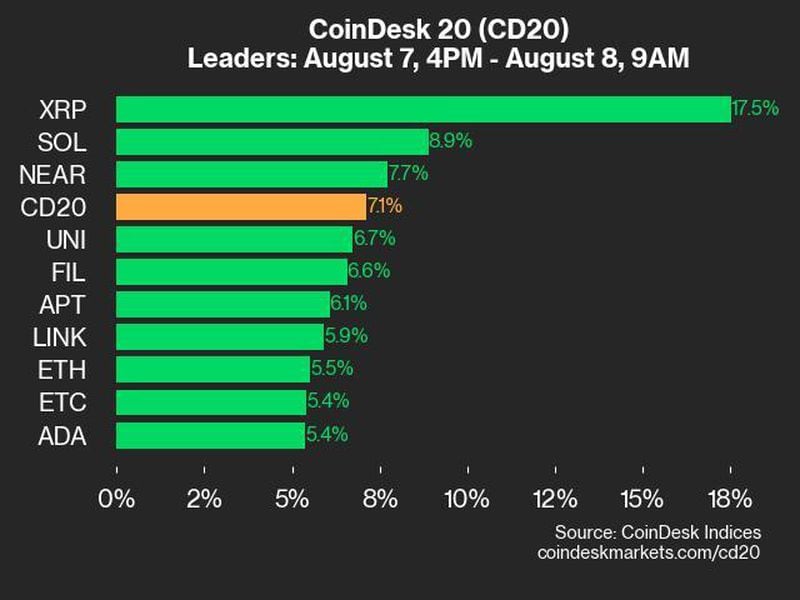The Unexpected Challenges of CoinDesk’s First Staking Venture
In this episode, Christine Kim and Will Foxley discuss with CoinDesk Director of Engineering Spencer Beggs how the idea of staking on Ethereum 2.0 came about and the early decisions that had to be made to get the project started.
“I feel I have become paranoid doing this project.”
At the start of the new year, CoinDesk Director of Engineering Spencer Beggs began working on setting up an Ethereum 2.0 validator node. The process, he explained, was particularly interesting from “the security perspective.”
“You really do think about security. Where are you storing your keys and your mnemonics? … You start thinking in a really paranoid manner,” said Beggs.
Ethereum 2.0 is a new parallel Ethereum blockchain that launched in December. Designed to ultimately replace Ethereum’s base layer technology and radically improve network scalability, the only actors on Eth 2.0 able to engage meaningfully with the new blockchain are so-called validators.
As unveiled in November, CoinDesk has embarked on a project to run validator operations in-house and glean direct, real-time data about Eth 2.0. The goal is to deepen CoinDesk’s editorial coverage of the network at its most untested and potentially vulnerable phases of development.
At the same time, this project has also offered important lessons about the trade-offs and decisions the users who are considering joining the Eth 2.0 network will make.
Outside of learning about security, CoinDesk tech reporter Will Foxley recounts wrestling with the decision of whether to use a staking-as-a-service provider or run a validator node independently during the early weeks of the Valid Points project.
“We started looking around at staking-as-a-service providers, and there are a lot out there. There’s gotta be over 15 at this point, not including [cryptocurrency] exchanges that operate staking services like Coinbase or Kraken. We were looking at who can do this for us quickly so we can get up and start running … and who can provide data for us,” said Foxley.
For the full breakdown of how CoinDesk is going about staking on Ethereum 2.0, the important decisions that were made along the way and the lessons learned, listen to the inaugural episode of “Mapping Out Eth 2.0.”
Foxley and Kim also have a weekly newsletter tied to the Valid Points project where they dive deeper into Ethereum 2.0-related topics and the health of CoinDesk’s validator node. To get these updates straight to your inbox, sign-up for free here.









